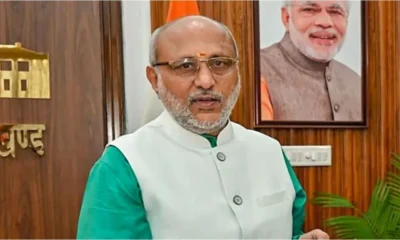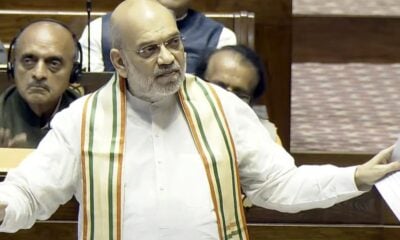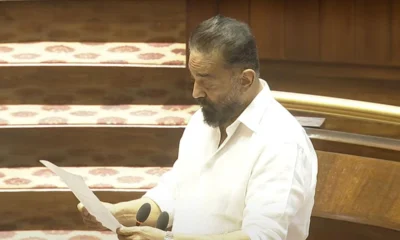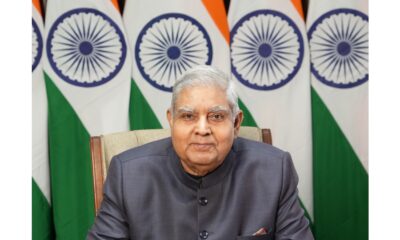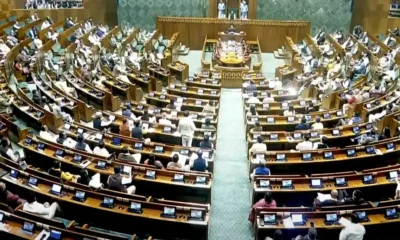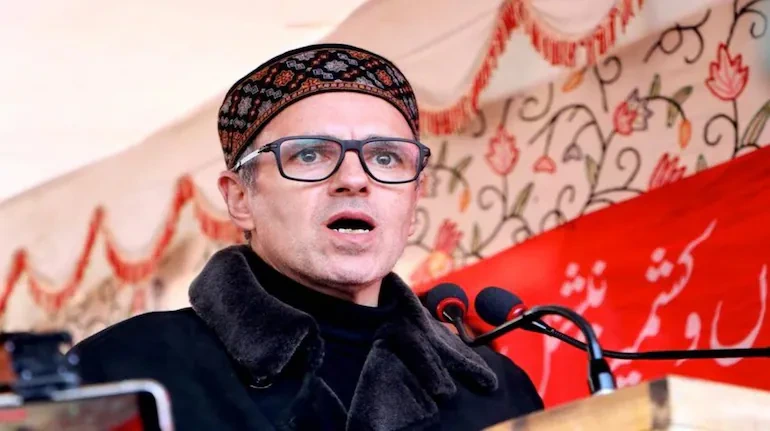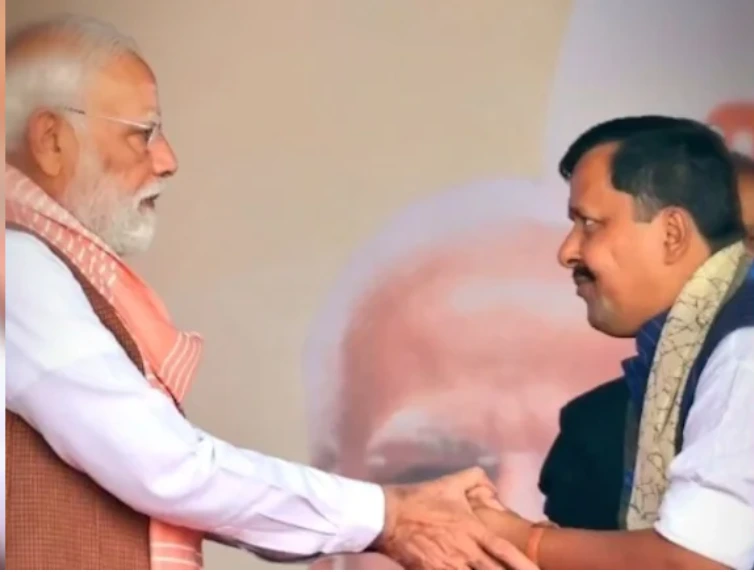India News
In Rajya Sabha, Union Minister Nityanand Rai says either jail or hell for terrorists on Jammu and Kashmir terror attacks
He attributed to robust security measures implemented by the government.
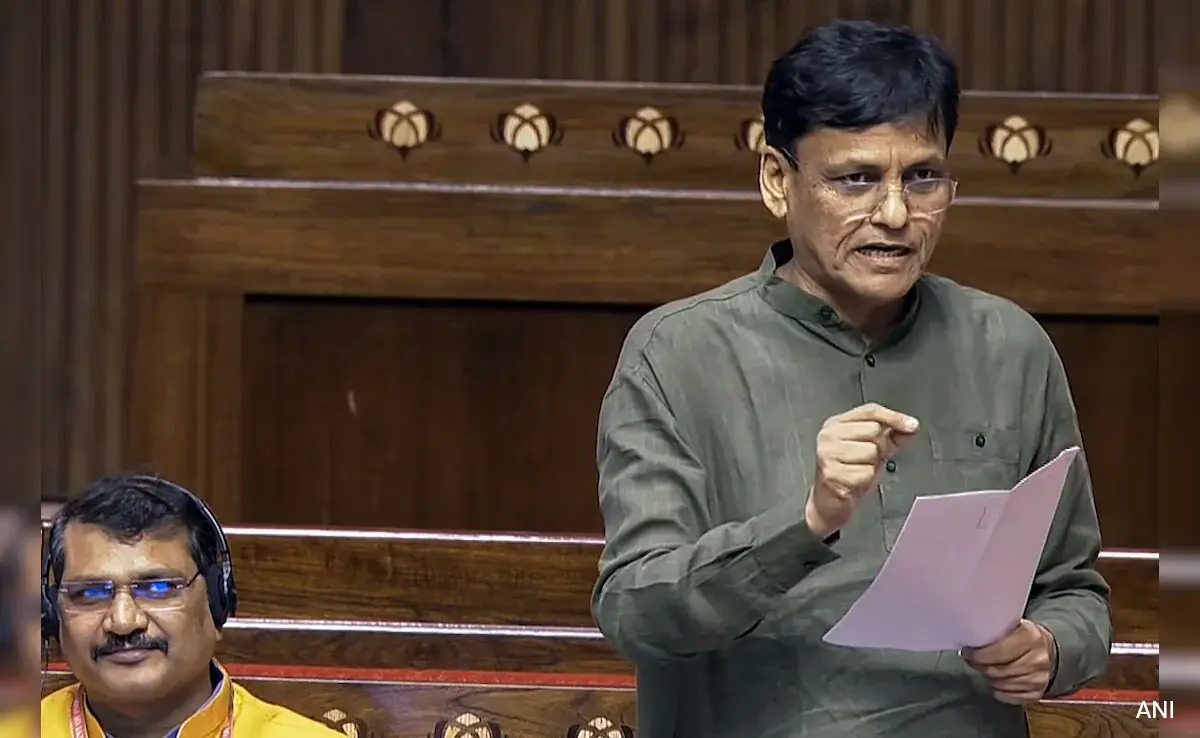
India News
Omar Abdullah distances INDIA bloc from Congress’s vote chori campaign
Omar Abdullah has clarified that the INDIA opposition bloc is not linked to the Congress’s ‘vote chori’ campaign, saying each party is free to set its own agenda.
India News
Nitin Nabin terms BJP working president role a party blessing, thanks leadership
BJP national working president Nitin Nabin has termed his appointment a blessing of the party, thanking its leadership and pledging to work on the ideals of his late father.
India News
BJP demands Sonia Gandhi’s apology over Congress rally slogan targeting PM Modi
A slogan raised against Prime Minister Narendra Modi at a Congress rally in Jaipur has sparked a political storm, with the BJP demanding an apology from Sonia Gandhi and other senior Congress leaders.
-

 Latest world news6 hours ago
Latest world news6 hours agoBondi Beach shooting during Jewish festival leaves at least 15 dead
-

 India News3 hours ago
India News3 hours agoNew VB G RAM G Bill set to replace MGNREGA in Parliament
-
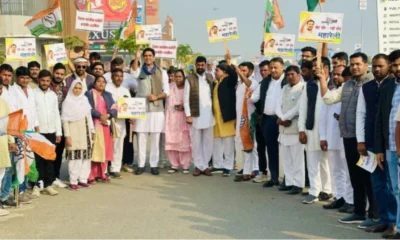
 India News2 hours ago
India News2 hours agoBJP demands Sonia Gandhi’s apology over Congress rally slogan targeting PM Modi
-
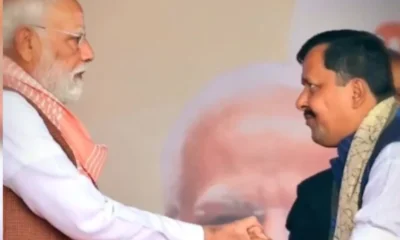
 India News37 mins ago
India News37 mins agoNitin Nabin terms BJP working president role a party blessing, thanks leadership
-
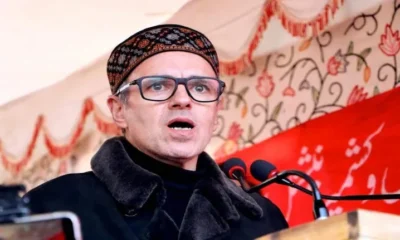
 India News24 mins ago
India News24 mins agoOmar Abdullah distances INDIA bloc from Congress’s vote chori campaign



